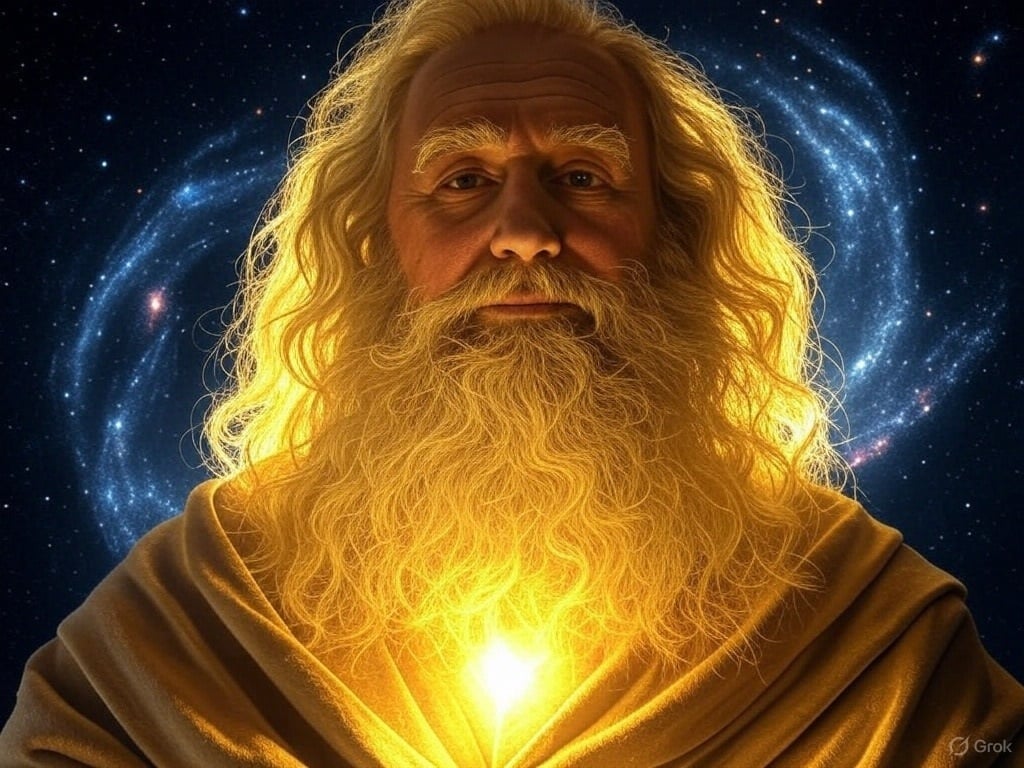
The double-slit experiment is one of the most famous and illuminating demonstrations in the field of quantum mechanics. First conducted by Thomas Young in 1801, this experiment has profound implications for our understanding of light, matter, and the nature of reality itself. It illustrates the dual wave-particle nature of quantum objects and raises fundamental questions about observation and measurement in the quantum realm.
The Experiment Setup
The double-slit experiment begins with a coherent light source, such as a laser, directed towards a barrier that has two closely spaced slits. Beyond the barrier, a detector screen captures the light that passes through the slits. When light is shone through a single slit, it produces a single band of light on the detector screen. However, when both slits are open, the result is a series of alternating light and dark bands, known as an interference pattern.
This interference pattern suggests that light behaves as a wave. The waves emanating from each slit overlap, leading to constructive interference (where waves amplify each other) at certain points and destructive interference (where waves cancel each other out) at others. This behavior is consistent with classical wave theory, where waves can interfere with one another.
The Wave-Particle Duality
The true intrigue of the double-slit experiment arises when it is conducted with particles, such as electrons. When electrons are fired towards the double slits one at a time, one might expect them to behave like particles, creating two distinct bands on the detector screen corresponding to the slits. Surprisingly, when the experiment is performed, an interference pattern still emerges, even when electrons are sent through the slits individually.
This phenomenon suggests that each electron behaves like a wave, passing through both slits simultaneously and interfering with itself. The wave-particle duality of quantum objects challenges our classical understanding of matter. The idea that particles can exhibit both wave-like and particle-like behavior is a cornerstone of quantum mechanics, illustrating the complexity of the microscopic world.
The Role of Observation
The double-slit experiment takes an even more perplexing turn when scientists introduce a measurement device to observe which slit the electron passes through. When this measurement is made, the interference pattern disappears, and the electrons behave like classical particles, creating two distinct bands on the detector screen. This phenomenon raises intriguing questions about the role of observation in quantum mechanics.
The act of measurement seems to collapse the electron's wave function, forcing it to choose a definite state—either passing through one slit or the other. This has led to philosophical debates about the nature of reality, the observer effect, and the implications of consciousness in the quantum realm. Does the act of observation influence the outcome of a quantum event? This question remains a topic of intense discussion and exploration in both physics and philosophy.
Implications for Quantum Theory
The double-slit experiment serves as a critical foundation for understanding quantum mechanics and the principles that govern the behavior of particles at the microscopic level. It provides crucial insights into the nature of reality, leading to interpretations such as the Copenhagen interpretation, which suggests that quantum systems exist in a superposition of states until observed.
Moreover, the experiment has practical applications in various fields, including quantum computing and quantum cryptography. The principles demonstrated by the double-slit experiment underpin the development of technologies that utilize quantum phenomena for enhanced computational power and secure communication.
Conclusion: A Window into the Quantum World
The double-slit experiment is more than just a scientific demonstration; it is a profound exploration of the nature of reality, observation, and the fundamental principles of quantum mechanics. Its revelations about wave-particle duality and the influence of observation challenge our classical intuitions and prompt deeper inquiries into the fabric of the universe.
As our understanding of quantum mechanics continues to evolve, the double-slit experiment remains a centerpiece of discussions surrounding the mysteries of the quantum world. It invites us to ponder the nature of existence, the limits of human understanding, and the intricate dance between observation and reality. In doing so, it opens doors to new realms of exploration, encouraging both scientists and philosophers to delve deeper into the enigmatic universe we inhabit.
